Your little one knows many letter sounds and it’s time for the magic of putting them together and reading their first words. Use these top 10 tips for teaching short vowel sounds to start your child’s reading adventure!
[social_warfare]

Top 10 Tips For Teaching The Short Vowel Sounds To Beginning Readers & FREE Short Vowel Printables!
Your child’s reading adventure begins with learning the short vowel sounds. Here are 10 tips for teaching the short vowels to your beginning reader that will help you keep the excitement in reading.
#1 Above all else, keep reading fun.
Regardless of the curriculum and approach you choose to teach your child to read, keep the goal of fun as your number one focus. Trust me, your child will learn to read. You may have days that are frustrating and even feel hopeless. You may worry that your child is “behind” in reading, wonder why they’re just not getting it, and if it’s your fault. Learn to simply sweep those thoughts away quickly.
A child who learns to read by age 5 but hates reading will be no better off educationally than a child who learns by age 6 or 7 to read and loves it. If you can teach your child to love reading you will be giving them a gift that will benefit them for the rest of their lives. There is a wonderful change that happens in your child’s mind and heart when he or she begins putting letters together to make words that they recognize. With all my children this has been one of the most rewarding moments we’ve ever had with them. The excitement, the wonder, the sparkle in their eyes – this is the fun you want to preserve at all costs throughout their reading journey.
#2 Focus on the short vowels and a few consonants.
Your child doesn’t need to know all the letter sounds before starting to read simple CVC (consonant vowel consonant) words. Teach them a few consonants like c, b, d, g, n, and t and then move on to the short vowels. Focusing on short vowels first will give them the tools they need to read their first words. There’s nothing quite like the motivation that comes from reading “d-o-g” for the first time. As soon as they know the short vowels, your child can start reading new words by learning one consonant at a time. For example, if they can read “dog” then you can teach them the “L” sound and they can suddenly read “log.” Building confidence in your child is the number one key to reading success.
#3 Vary your approaches to build letter-sound connections in multiple ways.
Use different approaches when working with the short vowels. You may be tempted to first teach the vowel sounds and second quiz your child on the sounds. This approach is just fine, but you’ll also want to use other methods of connecting the dots so to speak. For example, instead of saying “which letter makes the /uh/ sound?” try showing your child all the short vowels and letting him or her say the sounds of the letters they know.
You can also play games like robot factory – have your child “feed” you a letter and you (the robot) say the sound. You can use the short vowel flash cards in my free printable pack below for this game. Double up on the benefit of this type of activity by having your child say it with you, or “feed” the same card back to your child for him or her to say the sound as well. Extra points for sounding like a robot!
Mix up your activities using a variety of games and movement. Spread out short vowel cards on the floor and have your child run to them, toss a bean bag onto them, or smack them with a fly swatter. Mix up your approach so that sometimes you say the sound and your child smacks the correct letter while other times your child smacks a letter and you say the sound. Other times say “short i” and have your child run to the short i and say the sound. Or, say “igloo” or “itch” and have them find the vowel the word starts with. Before your child is proficient, use approaches that don’t include the quiz method. Say the sounds together in a funny voice. Say them quietly. Say them loud. Say a sound and then spin around once or do a victory dance. Add variety, keep the fun, and your child will love reading!
#4 Forget about writing.
You may be excited for your child to start writing their letters and this is a fun goal to have. But focusing on writing letters involves additional skills that are developed at very different ages for each child. Learning to hold a pencil, translating a letter they see to how it’s written on a page, and staying inside lines can sometimes add stress to the reading process that are unnecessary at an early age.
I suggest treating reading and writing as two completely different subjects. The main goal with reading is to keep the fun. Kids naturally love putting words together and solving the “clues” of the letter sounds – don’t muddy the waters by focusing on writing too soon.
Ultimately you are your child’s best teacher. Listen to yourself, watch your child carefully and if something feels rushed or forced, allow yourself the grace and permission to take a step back and re-focus on the fun.
#5 Keep your lessons short and purposeful, following your child’s cues.
Your child is developing at an extremely rapid rate during this time of their lives and that development varies day to day. They are learning and growing emotionally, mentally, and physically and there are often many factors involved in how “well” they are doing in school that day. I put the word “well” in quotes because their success is not determined by how many letter sounds they learned that day or how many worksheets they completed. You may get seemingly nothing done in school one day but you may have had other successes that are not so easily measured.
So keep your reading lessons short and follow your child’s cues. If all they learn in a day is that when you say the short a sound it looks like you’re being scared by a silly monster, you know what? That’s progress! You’ve created a positive feeling about a short vowel and the next time they see the word “c-a-t” they will feel good about the letter a. It sounds a bit silly, but trust me. All these positive associations you make with letters will go a long way when they begin reading.
If your child is having a blast with a silly short vowel game but you still had other activities you wanted to try that day, skip them and stick with the game. If that’s all you do that day, give yourself a pat on the back. There are connections being made in your child’s brain that you may not even realize are happening behind those smiles and giggles. At these young ages, play IS learning!
#6 Use songs to help your child learn the sounds.
There are many short vowel songs you can browse through on YouTube. Pick one you like and play it or sing it with your child daily. You are very welcome to use my video and short vowel song but if you find one you like better, go for it. Try to pick just one song so you and your child can master it and practice it wherever you go.
I am a huge fan of trying all kinds of different approaches to learning and music is a big one. Kids (and adults!) can retain all sorts of information and often very quickly through learning songs.
#7 Say the sound, not the letter.
This is a popular approach that to be honest I have not adopted across the board. The idea is that instead of saying “a” (the letter name) you say “aaaa” the short vowel sound whenever you are talking about that letter. This can be very effective, but personally I chose an alternative because I didn’t want it to be confusing when my kids learned the other sounds for the letters.
Instead I taught my kids “short a” says…. and later “long a” says… and you know what? They learned them just fine! It wasn’t confusing at all. Learning to say “short a” and “long a” was just as easy as saying the letter name to them and I feel it really helped them distinguish between the different sounds the vowels can make. So think about this, maybe experiment a bit and then decide how you’ll refer to the vowel names.
#8 Put up references where you do the most reading.
You may be eagerly waiting for the day that your child knows all their vowel sounds without thinking about them, but remember that each time your child has to figure out the sound all over again, they are making an even stronger association between letters and their sounds. So post a reference to the letter sounds up on a wall where your child can see it whenever they have to think of the short vowel sounds.
You can use my free short vowels printables pack as a reference – see the Add To Cart button below. You can post the full page references, or use the tent cards on a desk. Once your child is reading books you can even cut the tent card, laminate it and use it as a bookmark that they can use to remind them of the short vowel sounds at any time. Try not to get bothered by your child using the references even if he or she has correctly remembered the sounds before. Just remember that each time they figure it out, that knowledge gets stronger in their minds.
#9 Point out the short vowels in the “real world.”
You know these sweet young kiddos always want to be like their mom and dad, their big sisters and big brothers. Use this natural inclination to point out the letters they’re learning in the big people world. Show them letters on your coffee cup, on stop signs, produce labels in the grocery store, have them read “g-a-s” at the gas station and even show them letters on the envelopes that come when you check the mail together.
It’s one thing to work on letter sounds with kid friendly games and curriculum, but realizing that these letters exist everywhere in the world around them only expands their excitement about reading. Since there are five school days in the week, try picking a different short vowel each day. Monday is “a”, Tuesday is “e” and so on. Each day look for that letter everywhere you go. Make it a game to find the letter “a” when you’re out and about running errands or on a trip to the grocery store.
#10 Don’t push your kids to read books on their own too soon.
There are some great beginning reading books like BOB books and the Hooked on Phonics books, but don’t rush into having your child read the books themselves. You may want to continue reading to your child and simply point out some letters on the page that they recognize. If you find some short vowel words that you know your child can read, suggest reading the word together when you get to it in the story.
Instead of jumping into books, try sticking to reading words you make with letter magnets and other letter manipulatives. This keeps the tasks short and you can continue to keep a fun game scenario for reading activities.
Try things like putting three foam letters under three cups. Lift up the first cup and say the sound together. Lift up the second cup and say that letter’s sound together. Now push those two letters together and say the sound they make blended. Finally, lift up the third cup, say that letter’s sound and then blend all three letter sounds together.
Doing these games and activities keeps the “reading lessons” super short and in manageable pieces. Once your child moves through these activities too quickly and no longer has to process the letters before reading the words, then go ahead and get swept away in the reading curriculum of your choice. Just remember to keep the fun at any cost!
I hope you enjoyed these 10 tips for teaching the short vowel sounds to your beginning reader. Please enjoy my free short vowel printables below!
If you enjoyed this post and printables pack please share on social media – it helps so much and keeps my printables free!
Blessings to you and your family in your reading adventure!
Christy
Fun Amazon Finds For This Printable:
[clickToTweet tweet=”Top 10 Tips For Teaching Short Vowel Sounds & Free Printables” quote=”Top 10 Tips For Teaching Short Vowel Sounds & Free Printables” theme=”style3″]

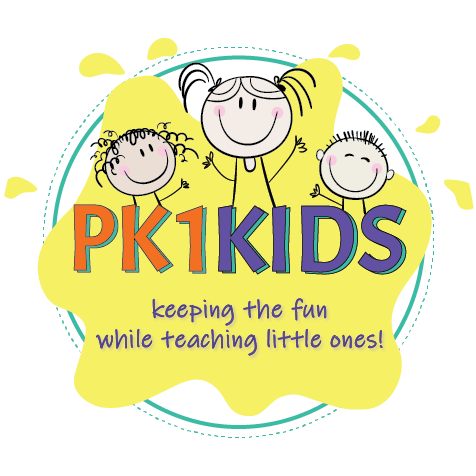

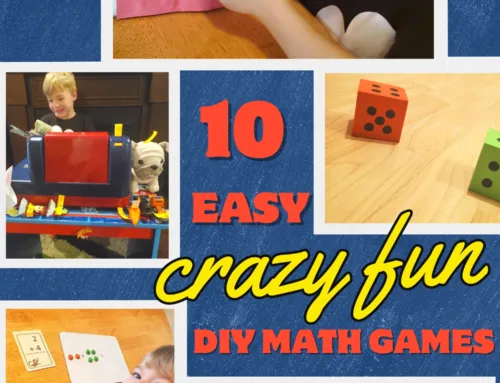
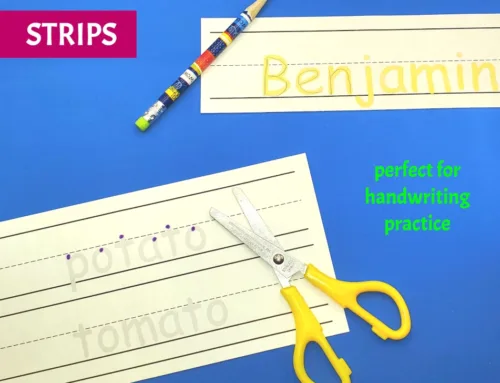
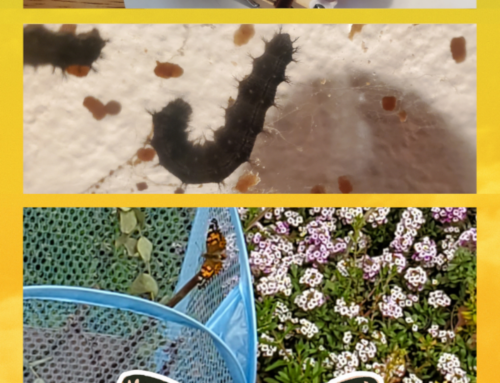
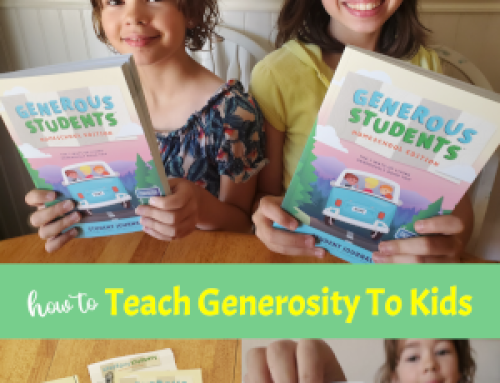
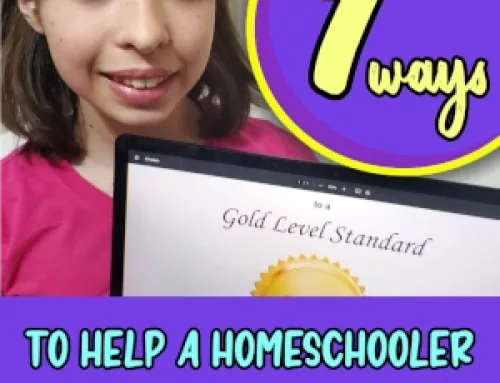
[…] Top 10 Tips For Teaching The Short Vowel Sounds To Beginning Readers […]
Great tips! Thank you for putting this together!
I, my 3 and my 4 love playing games with this shirt vowel set! I haven’t found a long vowel equivalent, either on your site or elsewhere. Have I missed it? Thank you for all you do!
I love this idea, thanks for sharing!
I’ve included a link to this in the free download available on this post.
https://fearlesshomeschool.com/homeschool-teaching-reading/
[…] are like sponges, for sure – they’ll pick up a lot here and there. But when it comes to learning to read, they really need consistency and purpose in reading […]